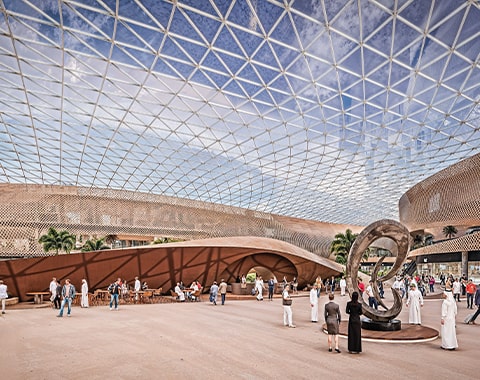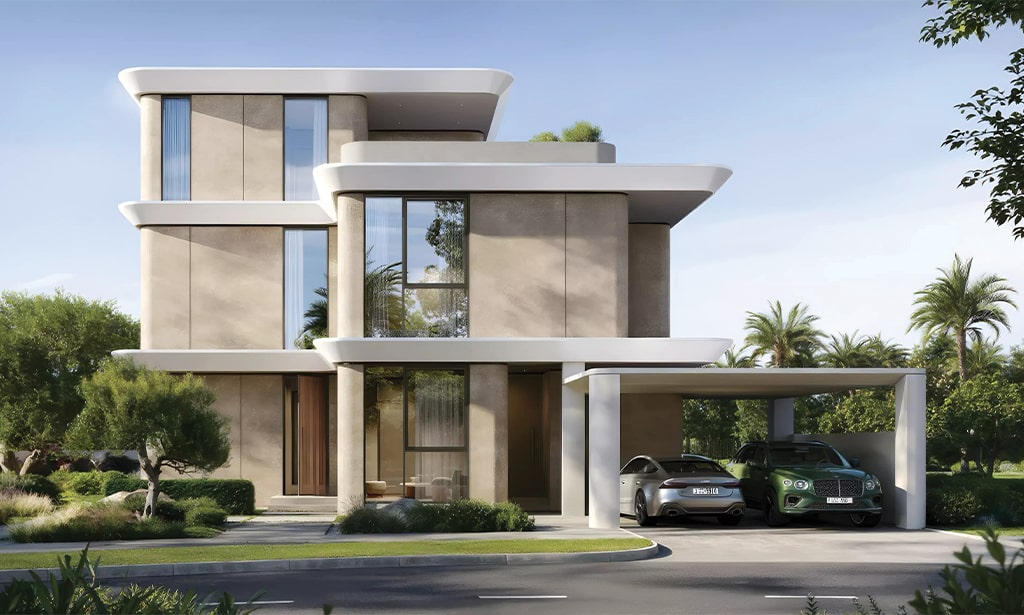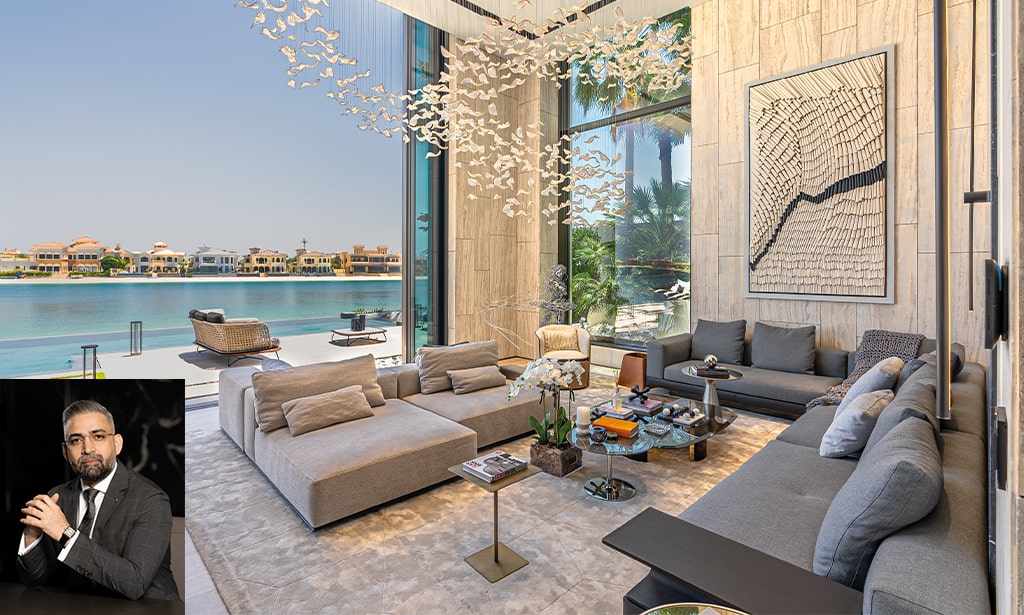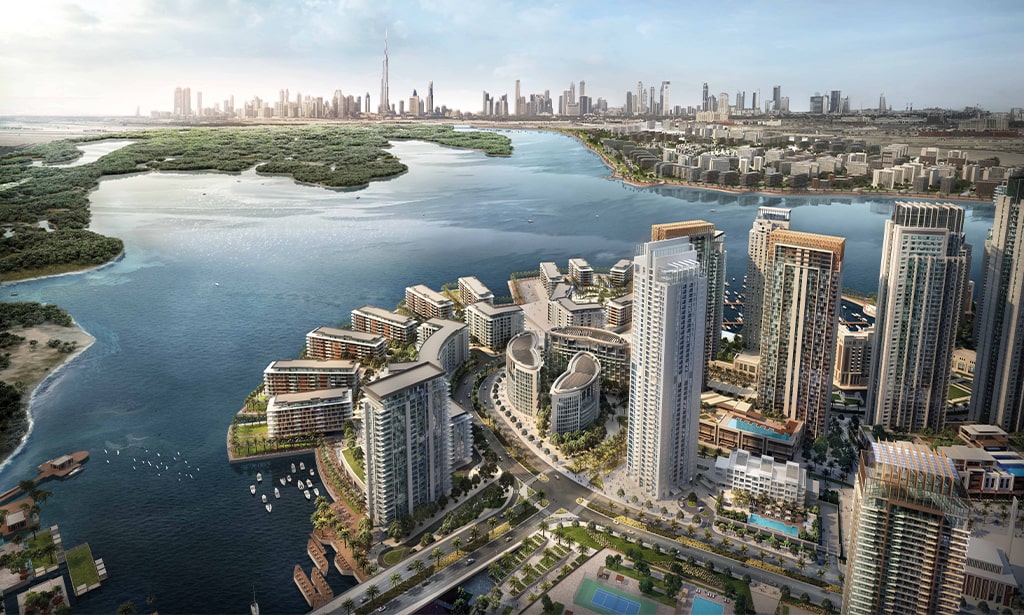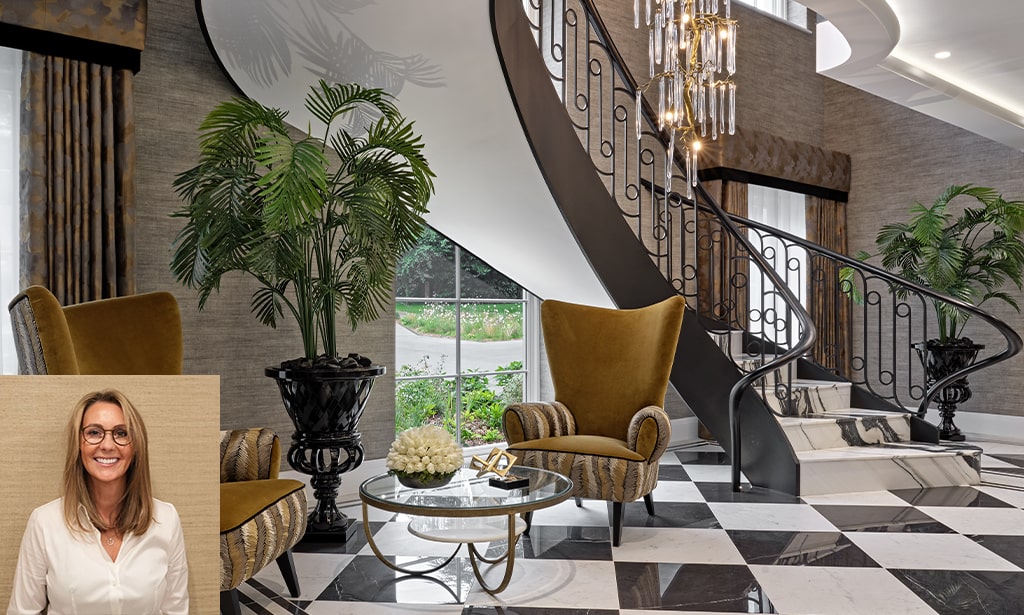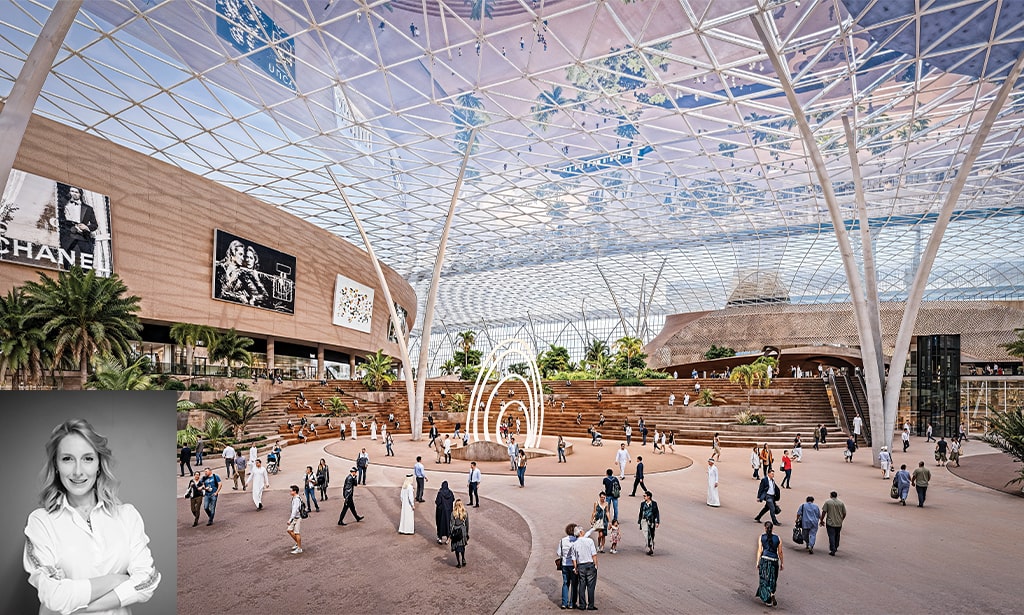
Design Committee Executive of NKY Architects & Engineers
What is biophilic design and why is it so important today?
Biophilic design is an approach that integrates natural elements into the built environment, helping people reconnect with nature in meaningful ways. It goes beyond simply adding plants or greenery, instead creating spaces that feel alive by incorporating natural light, ventilation, organic shapes, and materials that mimic patterns found in nature.
In our increasingly urbanised and digitalised world, where people are often disconnected from the natural environment, biophilic design has become more important than ever. Studies show that it can reduce stress, enhance cognitive function, and improve emotional well-being. These benefits are particularly valuable in workplaces, schools, and healthcare facilities, where fostering psychological and physical health is paramount. As an architect, I see biophilic design as more than an aesthetic choice, it’s a human-cantered philosophy. Whether working on large urban projects or intimate indoor spaces, I strive to create environments that align with the natural rhythms of life. Moreover, biophilic design supports sustainability by using daylight, natural ventilation, and passive cooling techniques to reduce energy consumption and improve a building’s ecological performance.
This is not just a design trend; it’s a necessity. As cities grow denser, biophilic design helps restore the balance between human life and nature, ensuring that built environments nurture both their functionality and the human spirit.
What are the patterns and principles of biophilic design, and what benefits does it offer to the built environment?
Biophilic design strengthens our connection to nature through three core principles: incorporating nature into the space, reflecting natural forms and materials, and designing spaces that feel natural.
Incorporating nature into a space involves integrating elements such as light, air, greenery, and water. Features like indoor gardens, flowing water, or designs that reflect seasonal changes create dynamic environments that engage the senses and reduce stress. Even in spaces where direct access to nature isn’t possible, biophilic design evokes the natural world through materials like wood, stone, and organic textures, as well as by using nature-inspired forms, curved shapes, and earthy colour palettes to foster calm and familiarity.
Spatial design also plays a significant role. Mimicking the experience of being in nature by balancing open, expansive views (prospect) with private, enclosed areas (refuge) creates spaces that feel secure yet stimulating. Depth, shadow play, and organic movement within the layout can spark curiosity and engagement.
Biophilic design is transformative because it reduces stress, improves cognitive function, and enhances emotional health. It also boosts productivity in workplaces and educational environments while promoting sustainability by reducing reliance on artificial lighting and climate control. Additionally, by creating spaces that are more inviting and comfortable, it encourages social interaction. My aim as a designer is to integrate these principles across all scales of a project to create environments that feel intuitive, adaptable, and deeply connected to nature.
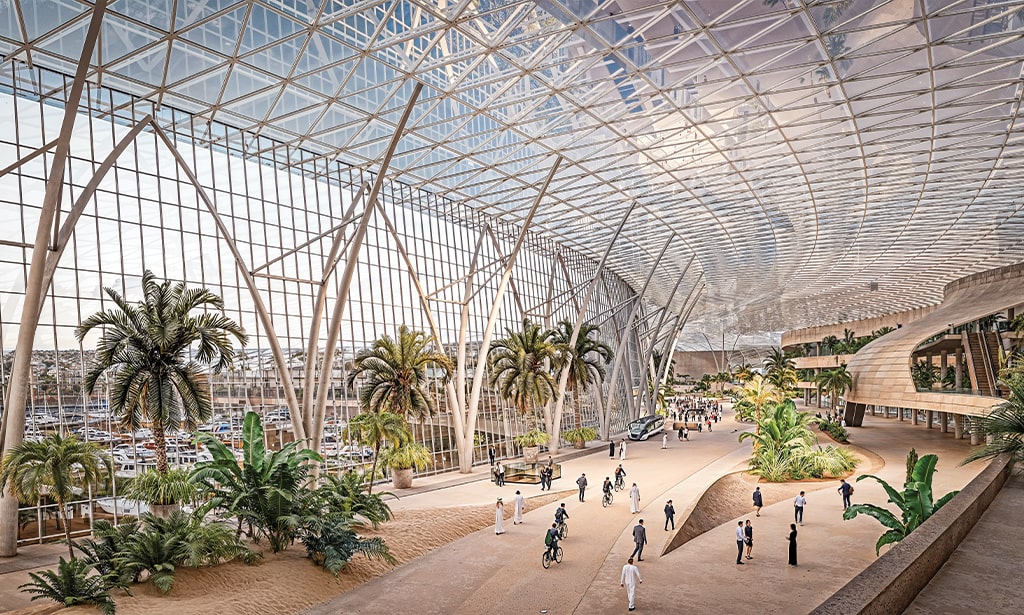
How can biophilic design be effectively applied to indoor spaces? What are the key aspects of designing with a focus on human wellbeing?
Since we spend most of our time indoors, the design of interior spaces has a direct impact on our physical and emotional well-being. Biophilic design makes indoor environments feel vibrant and alive by integrating natural elements such as light, materials, greenery, and spatial flow in ways that resonate with human senses.
Maximising natural light and airflow is essential in biophilic design. Large windows, skylights, and reflective surfaces optimise daylight and support natural circadian rhythms, while operable windows and cross-ventilation improve air quality, enhancing both comfort and focus. The use of natural materials, such as wood, stone, and clay, adds warmth and authenticity to interiors, while textural variety provides sensory stimulation.
Sustainable, non-toxic materials also ensure a healthier living environment. Incorporating greenery and water into interiors is another key aspect. Living walls, indoor plants, and water features actively improve air quality and promote relaxation. Effects like dappled light or flowing water introduce a sense of movement and serenity. Spatial design plays a significant role as well: open sightlines and expansive layouts create a sense of freedom, while cosy, enclosed areas provide spaces for refuge. Curved pathways and the interplay of light and shadow mimic natural patterns, enhancing engagement and a sense of flow.
A well-designed biophilic space supports focus and creativity through dynamic lighting and natural stimuli. It promotes emotional balance with warm materials and soft, natural elements, and supports physical health through fresh air, ergonomic layouts, and the use of toxin-free materials. Whether applied to homes, offices, or cultural spaces, biophilic design transforms interiors into places where people feel more connected, comfortable, and inspired.

